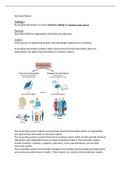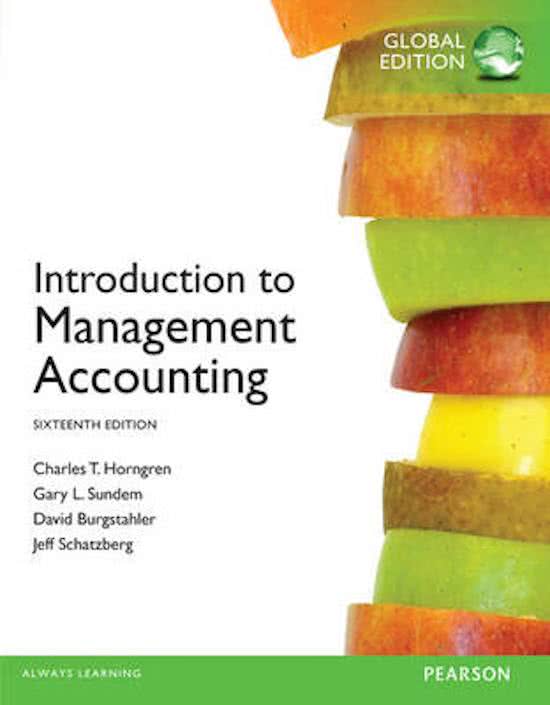College aantekeningen
notes lectures finance first year quarter 1 and 2
- Vak
- Finance
- Instelling
- Avans Hogeschool (Avans)
describes the balance sheet, journals, income statement and other finance related items that where discussed in my first two quarters.
[Meer zien]





